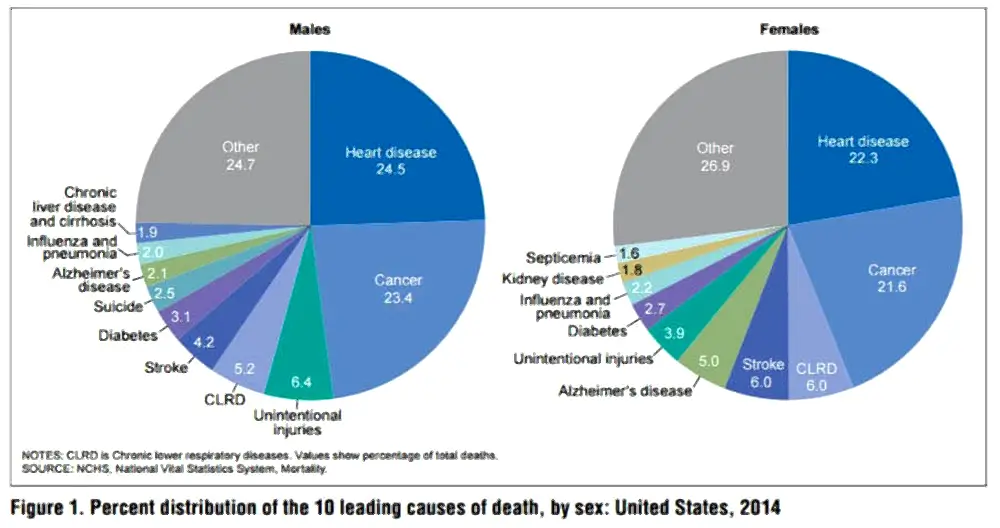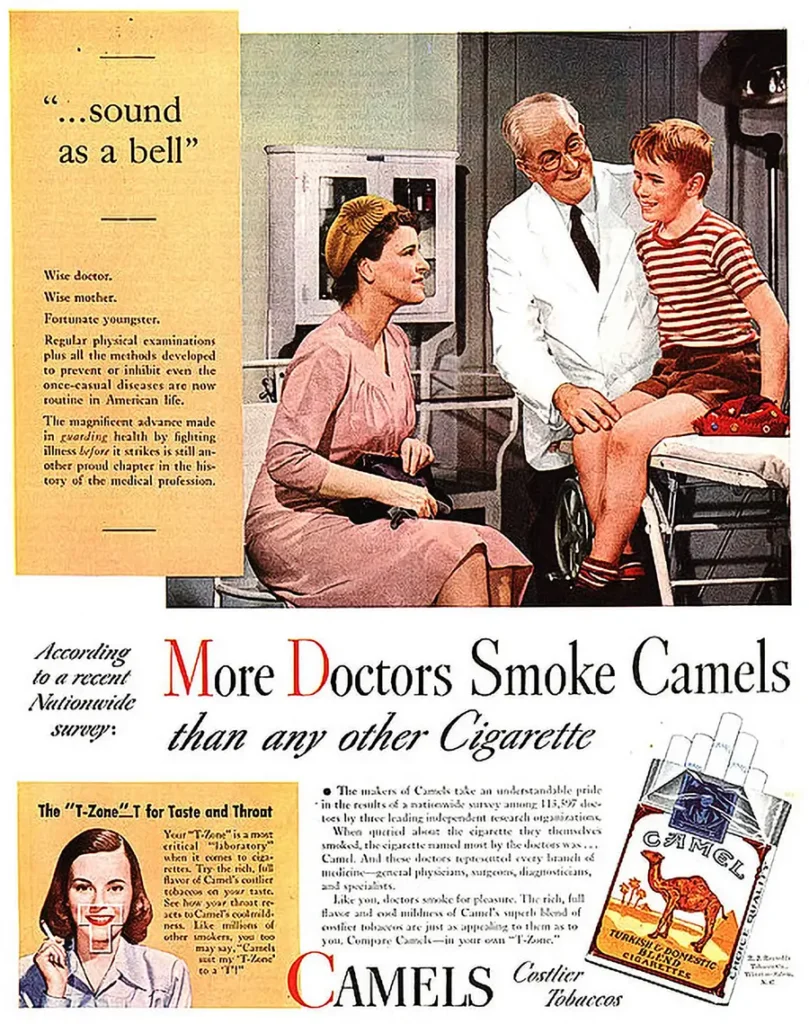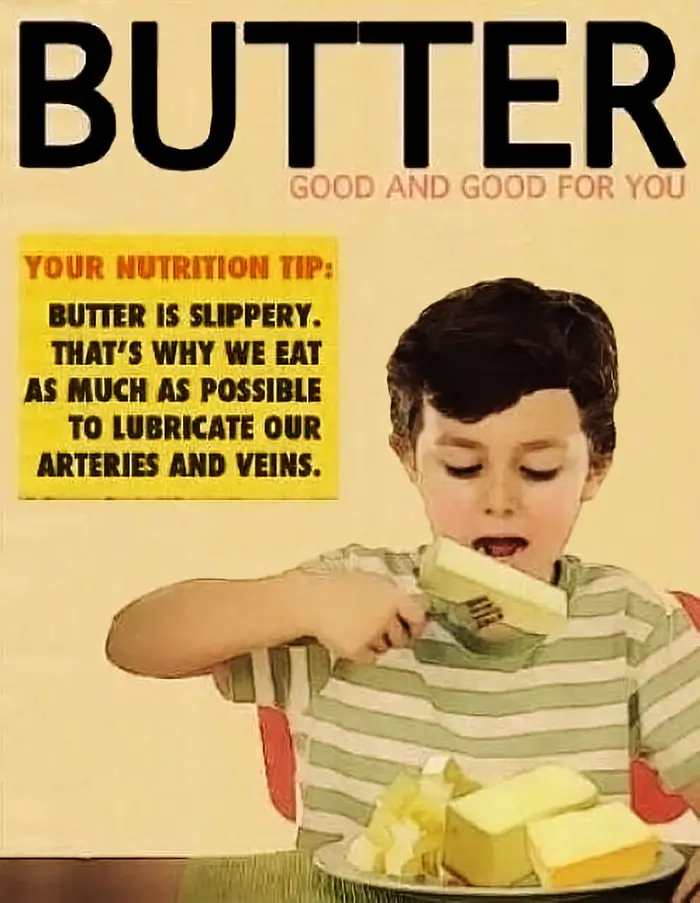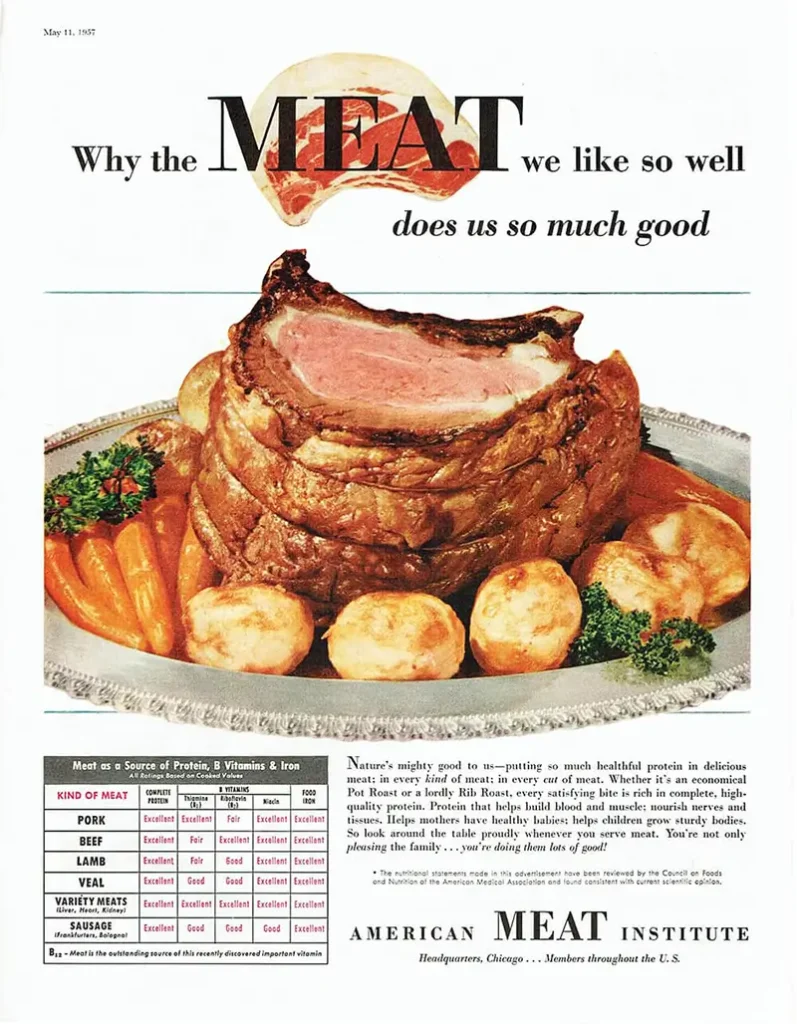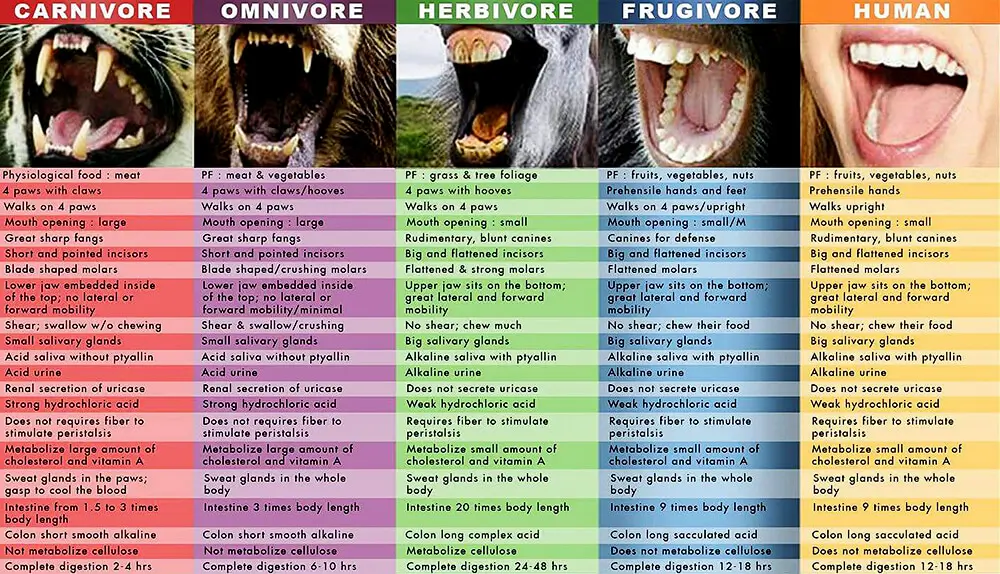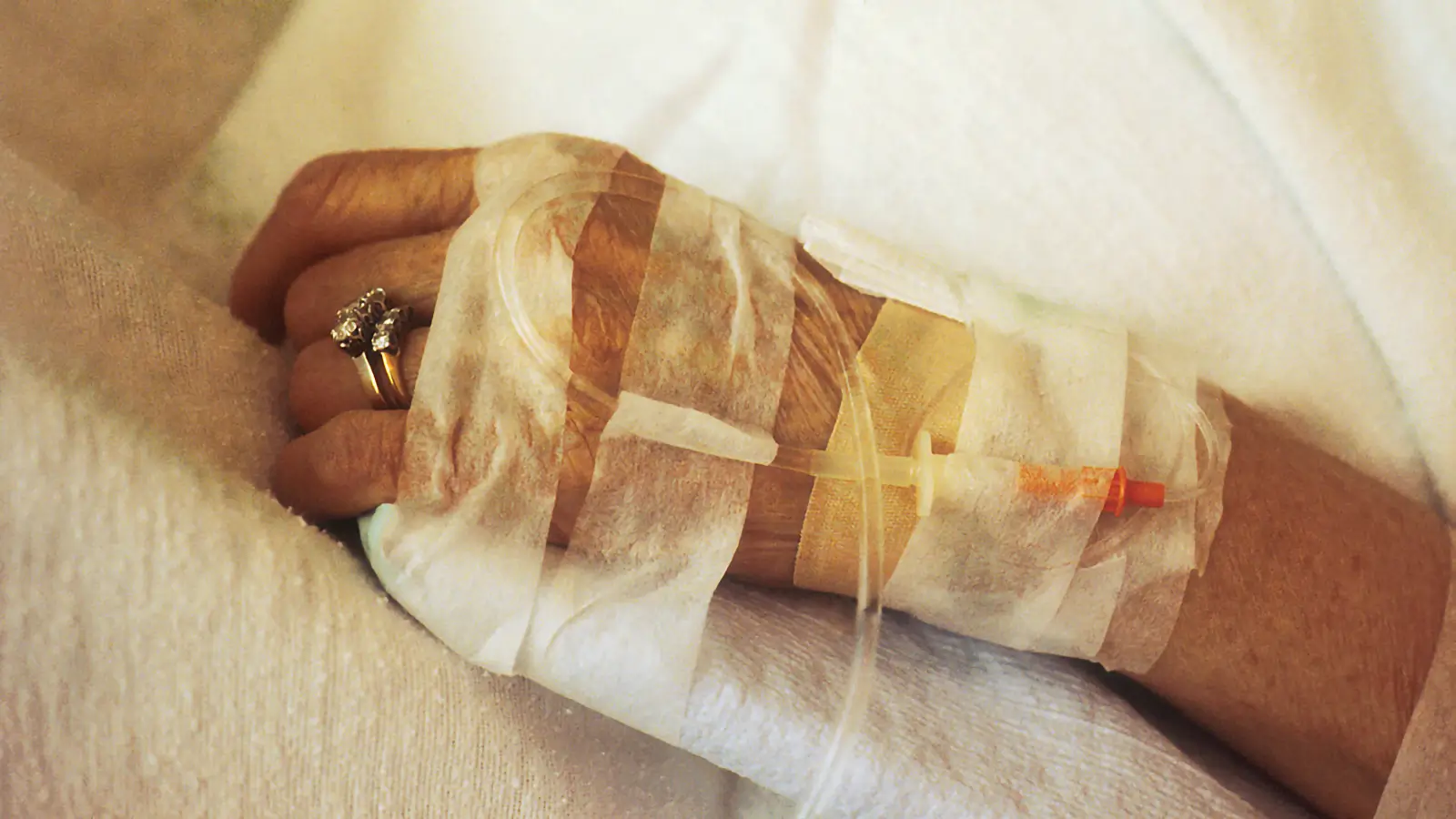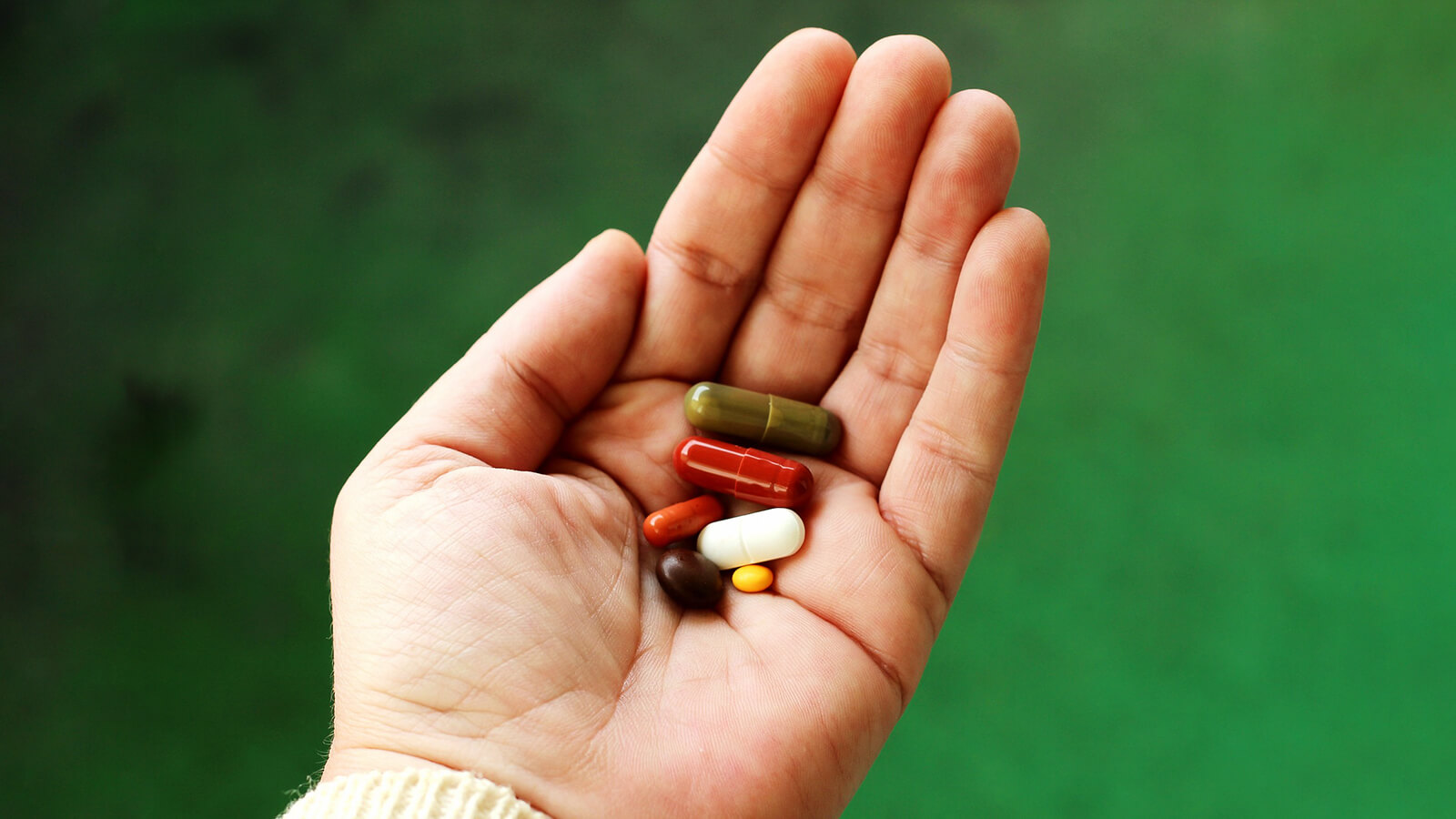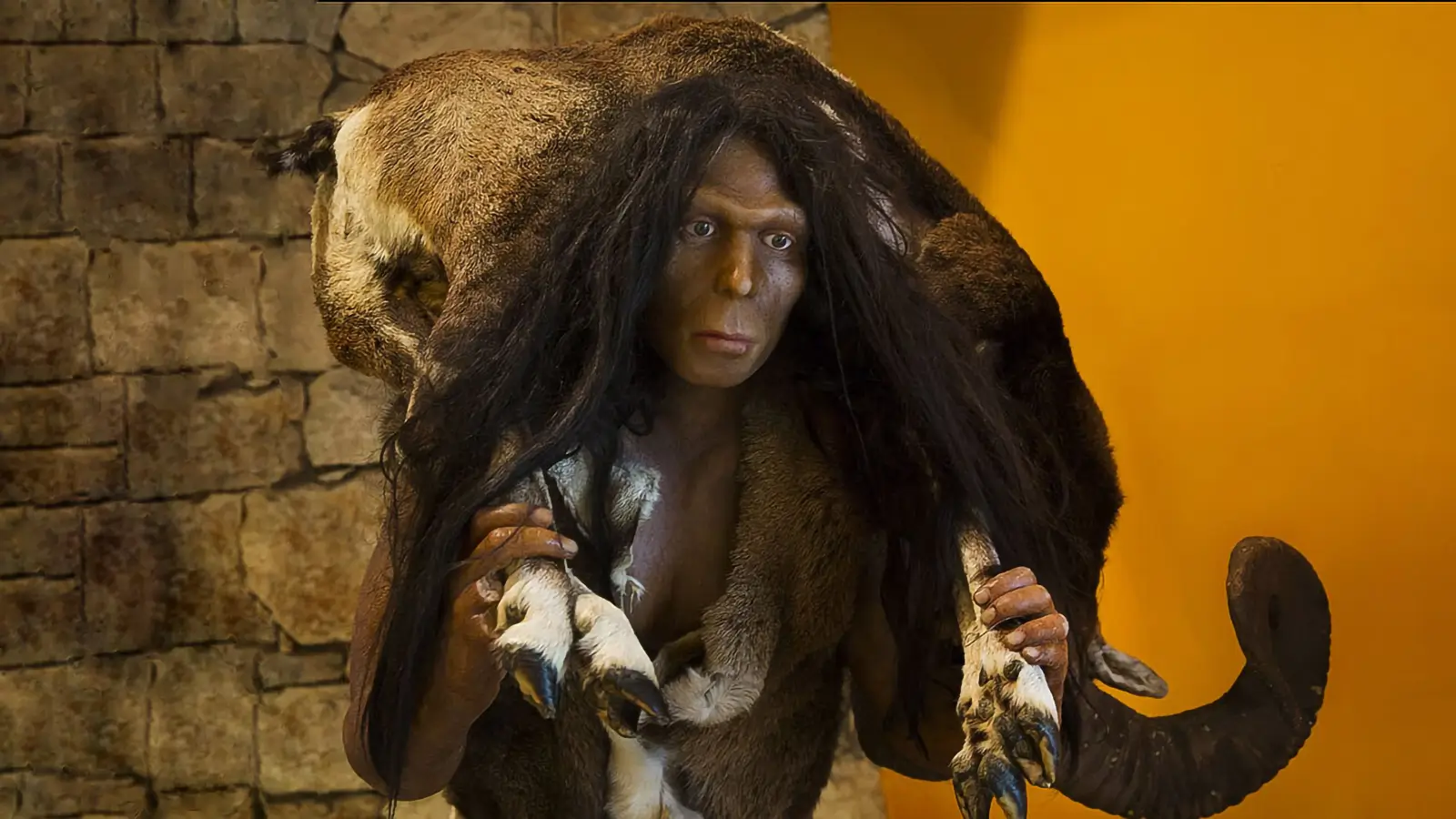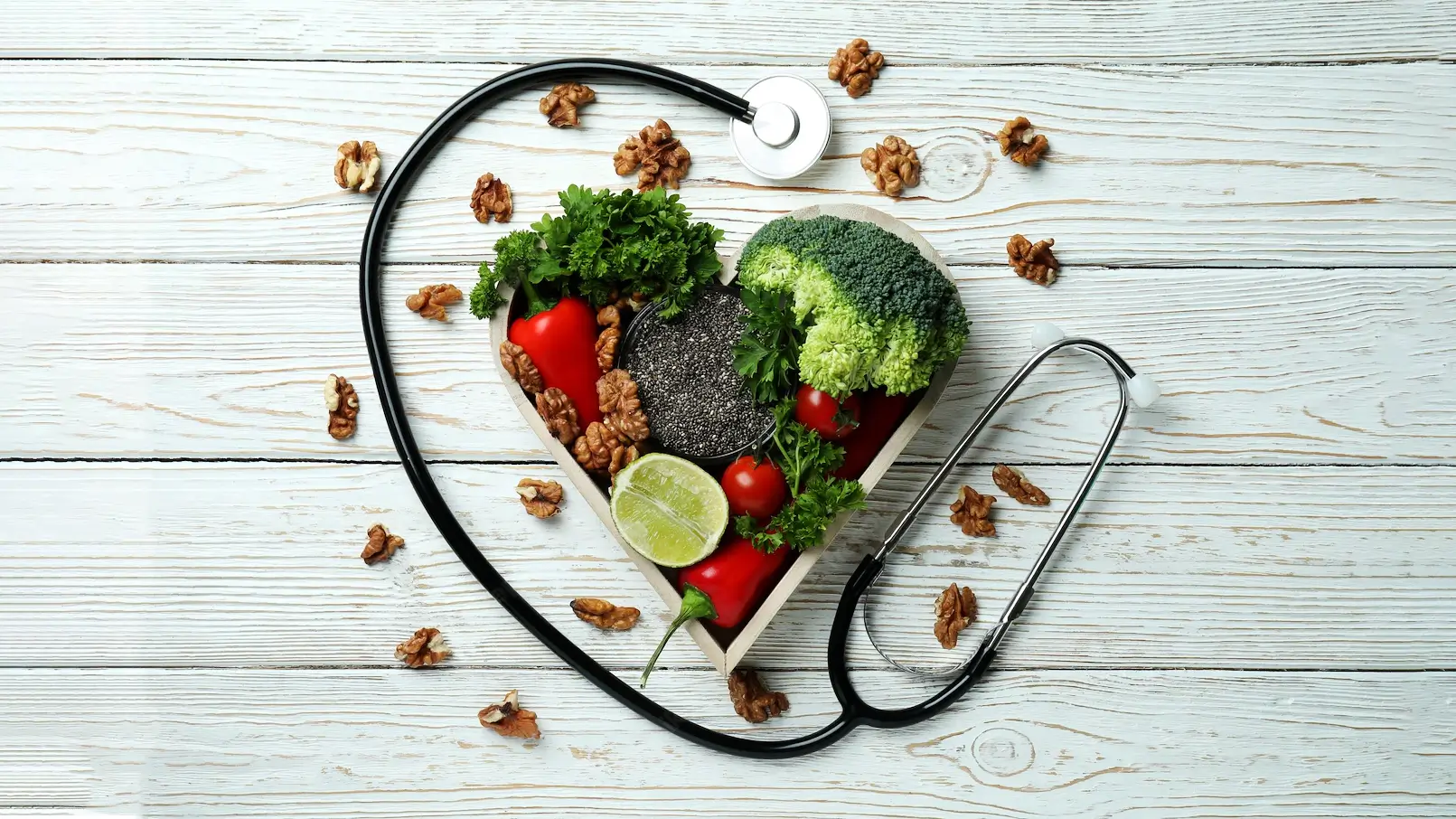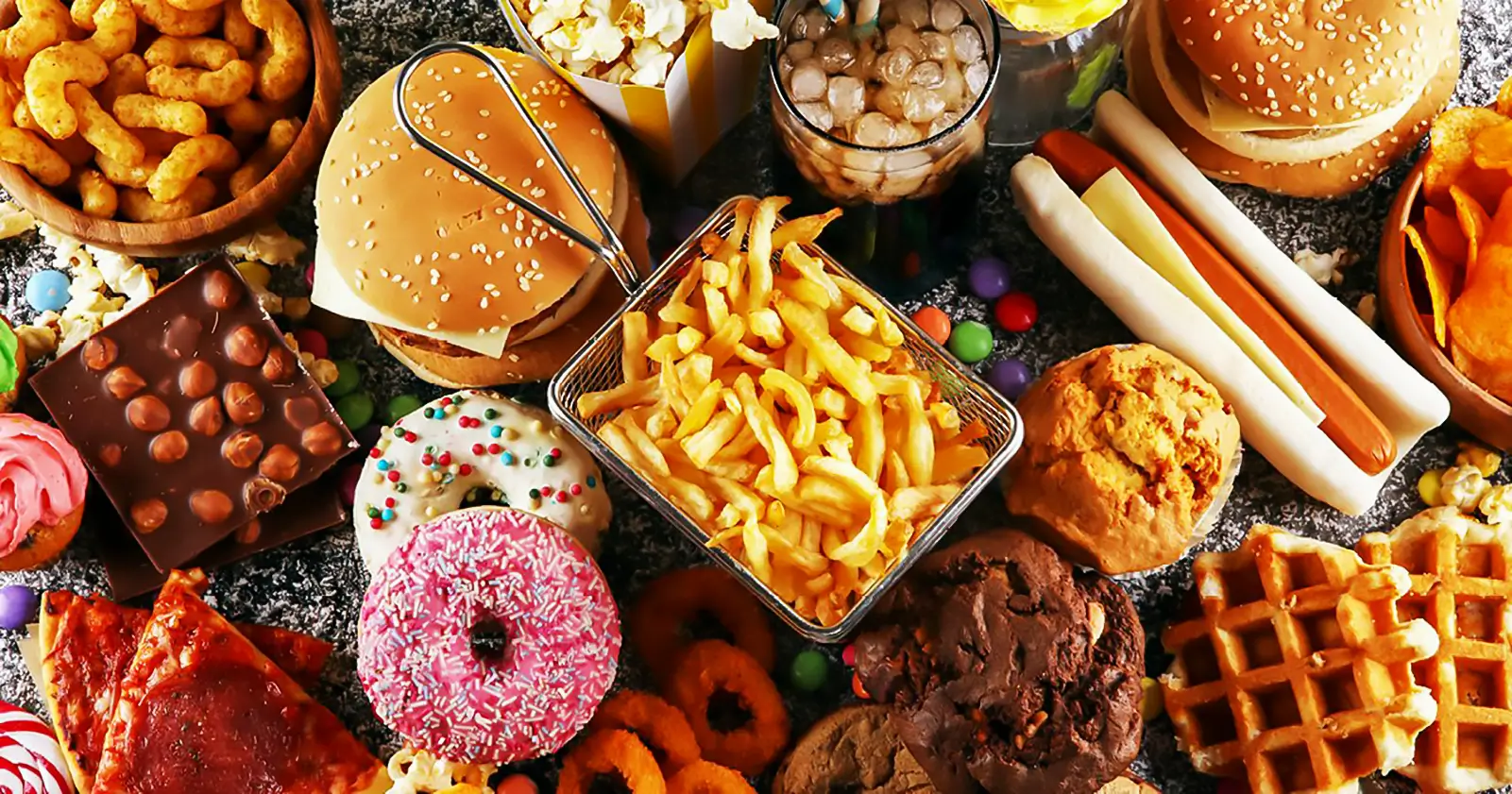Optimal Human Diet- Chronic Diseases, Diet Wars, and the Vegan Argument
Our natural optimal human diet is a diet that our hominin ancestors were eating for the last 30 million years, not anatomically modern humans in the Stone age.
Milos Pokimica
Written By: Milos Pokimica
Medically Reviewed by: Dr. Xiùying Wáng, M.D.
Updated August 4, 2023An optimal human diet is a basis for optimal health. When we look at the list of 15 leading causes of death more than 80% are lifestyle influenced. They are caused by our bad diet. In most cases, the disease is a choice.
It is not a bad genetic that gives us disease and that is a big open secret. For example, cancer is a preventable lifestyle disease. Real genetic causes are responsible for no more than 5% of all deaths. More than 85% of people die because of their bad diet.
Think about it this way. If you are born with the disease and it is a serious life-threatening condition, you will have to take your medications and manage your condition the best way you could. Problem is that just 100 years ago there was no insulin, chemotherapy, antibiotics, or any other medicine available. Any disease that will require any form of treatment was life-threatening and as a consequence would be selected against. In evolutionary terms, there would never be a statistically significant number of people from the overall population that has these forms of chronic diseases. They would not be able to survive and the genes would be selected against. For example, some level of cancer will be present and is present in wild animals today as well, but when we look at mortality charts we would see that almost one in every 4 people will die from cancer. The statistic for cancer mortality shows that 23.4% of all deaths are caused by cancer. This is not directly caused by bad genes.
There is one term that scientists use that is misleading. It is a term coined as “genetic predisposition” which means something completely different. The medical industry (allopathic medicine) that is based on interventional treatments and patented drugs will openly avoid this topic.
If there is an abrupt shift in our environment there is going to be maladaptation. Even if species survive the species’ diet would not be congruent with the current environment and in time it would have to adapt to a new environment or go extinct. Because of scientific progress and technology, it is exactly this maladaptation to our current human diet and environment that have created most of our diseases. If we have an evolutionary incongruent lifestyle and eat a diet that we are not adapted to eating depending on individual genetics different diseases will emerge. Someone will die from a heart attack, someone will have an autoimmune condition and a third person will have a stroke depending on their individual genetic predisposition. But this does not mean that we have bad genes, this means that we have a bad diet. That is a term that is used in medicine as a genetic predisposition.
The only real question is what is exactly the optimal human diet that will be in line with our evolution and that will decrease the risk of chronic diseases, increase the quality of life and prolong longevity. Also, we should not forget the cost of medical treatments.
It must be a Paleo diet then, right (Fenton et al., 2016), (Pitt, 2016)?
Practitioners of this type of diet are trying to simulate the conditions of living in Stone Age hunter-gatherer conditions. They are trying to eat a diet that is in line with the pseudo-hunter-gatherer lifestyle and give up modern agricultural inventions like dairy, agrarian products, and processed foods.
This was a mystery that ended more than 70 years ago. Nutritional science is not that difficult. All we need is to look at different groups of people that have different types of diets and then look at diseases that they will have. For example, we can go to the rural places of the world that have vegan diets because of poverty and we would compare the mortality rates.
There were studies like this done long ago like a famous China study that lasted for 20 years, or Adventist Health Study (Le, 2014), or even a study of the diet on the island of Crete after WW2 that has given rise to the popular “Mediterranean diet”. People that don’t know the real Mediterranean diet have nothing to do with olive oil or red vine and it was just a vegan diet in the rural population on the island of Crete. Research showed that these people do not suffer from diseases of affluence like heart disease. “Seven Country Study” was conducted in 1956 by Ancel Keys (Menotti et al., 2015), the same scientist that did the Minnesota Starvation Experiment. People on the island of Crete didn’t eat olive oil or cheese, they were barely surviving. That is it.
Science has gone far from that initial period but still, there is resilience to accept new dietary guidelines and the food pyramid is the same. Governments to this day just ignore science. This situation has created an environment where five different people promote five different types of diets preaching their own beliefs. I compare the situation with cigarette companies in the past that used false science and paid medical doctors to promote smoking as a healthy lifestyle choice.
Research has been available for more than five decades but still, we have a situation where diet wars are waging. In reality, even if you ask a nutritional expert why is a vegan diet associated with a lower risk of heart attack, cancer, diabetes, and all other diseases of affluence most likely he would not know the real answer.
It is because of evolutional adaptations. Carnivorous species for example never develop cardiovascular disease. They are adapted completely to meat-eating and cholesterol does not pose a risk to them.
In reality, we need to take a look at the lives of our ancestors over a long time spread than just the Paleo period. It took more than 50 million years to form our bodies. Physiology is passed, from one species to another. Hominins too had inherited their anatomy from species that came before them. All life on the planet actually can be traced back to single species.
How far do we need to go? As far as we need we can understand how evolutionary adaptations form. Then we would have a complete picture of what is our real natural diet.
The first mammalian forms evolved from the cynodonts during the early Norian Age of the Late Triassic, about 225 Mya. Early mammals mostly fed on insects. They were small shrew-like animals.
The starting point of the diet was predominately insects, but they started diversifying almost immediately. It took around 140 million years for the diet to shift from insects to fruits and leaves. Not 140 thousand years, 140 million years.
In an evolutionary sense when we look at the paleo diet or something our ancestors have eaten a couple of thousands of years ago is utterly irrelevant. Physiology does change, but it needs some time to do that.
Stem primates first appear in the fossil record between 65 and 55 million years ago. They may have been the first mammals to have fingernails in place of claws.
In time, they began to spend longer periods on lower branches of trees, feeding on fruits and nuts. At the 60 Mya mark, our ancestor species had started to eat plants. In time interval to 60 Mya evolution has diversified from eating just insects and living on the ground to fruits, nuts, and insects omnivorous diet, and semi-living on trees.
Next 10 to 20 Ma is approximately the time period when diet completely shifted. Eocene Epoch (55.8-33.9 million years ago) matches the appearance of the first species of placental mammals. These orders or in other words their descendants are still present today.
Primates diverged into two suborders Strepsirrhini (wet-nosed primates) and Haplorrhini (dry-nosed primates). The Haplorrhini liver was the first one that lost the ability to make its own vitamin C. What this means is that they have been eating too many plant foods already that their bodies decided to turn off production of the vitamin C to save energy. All of their descendant species had to include fruit in the diet because vitamin C must be obtained externally. Also, this is a significant factor. Humans today too must obtain vitamin C or we will suffer and die from scurvy.
What this means is that already the early primates were dependent on plant foods on such a level that their liver discontinued producing vitamin C. In carnivores species, because they eat only meat vitamin C is produced internally, and it is not a vitamin for them. When we start to consume plants and we start to consume them in a constant manner evolution shuts down everything that is not necessary. This can tell us a lot about the diet of early primates. They transmuted to fruits and leaves instead of insects. This is the adaptation that took tens of millions of years to complete.
The point is that evolution did not begin with the emergence of modern humans in a way it stopped there because modern humans exist only three hundred thousand years. That is an insignificant number in evolutionary terms. After the great extinction of non-avian dinosaurs, the first modern forms of mammals appeared 66 million years ago. They climbed to the trees and became completely herbivorous.
There is a big difference between real omnivores that can digest rotting meat and have short intestines and plant-eating species that need to eat constantly during the entire day to get enough calories for survival. Plant eaters have a colon that ferments fiber and much longer intestines. In reality, real omnivores need to have strong resistance filters like any other carnivore or they will die from bacterial food poisoning. Humans are not true anatomical omnivores and we need to use fire and cooking in order to digest animal products. Everything can be eaten and all of the primates will eat meat if they can but this process just by itself is not natural, it is sporadic and doesn’t result in physiological adaptations.
To the time when there was a significant climate change toward the end of the Pliocene, our ancestor species lived on trees evolving on fruit and green leaves and flowers only. They have grown in size and intelligence. Most of our brain, body, genetics, evolutionary biology and physiology evolved on trees.
At the end of the Pliocene (that lasted from two million to 10,000 years ago), weather circumstances started to shift. The Pleistocene was marked by a much colder climate and recurring glaciations of the northern hemisphere. So-called Ice Age. These conditions had to force our ancestors to adapt even more perhaps to become a new type of herbivore, one entirely dependent on social and technological innovation and not just foraging. Thus, forcing adaptation that requires to a great extent increased brainpower.
Brain size thus has nothing to do with meat consumption.
Fruits, flowers, green leaves and vegetables, underground storage units, and nuts and seeds with no meat, no dairy, and no eggs were a diet that created our organism in millions of years of evolution. In hominins from the genus Homo that evolved from Australopithecines, we can see more diversification about 3.5 million years ago. At that time some members also added grasses or sedges to their menus. For another million years that was the diet.
The earliest evidence for meat-eating in hominins dates to 2.5 Mya. Some of the fossil findings are consistent with scavenging activities with no hunting. Meaning bone marrow or insects or something in similar nature in no more than a couple of percent of overall calories. Something similar to the baboons’ or chimpanzees’ diets. This meat source was insignificant to the scale of producing any physiological adaptation that will translate to any evolutionary change in biology. The adoption of large-scale meat-eating may have necessitated advanced processing techniques, such as cooking, in part because raw meat is full of putrefying bad bacteria and other types of bad micro-organisms and parasites that will eventually kill us if are not killed by a thermal process. Thus limiting consumption in large quantities.
The limiting factor that a large number of scientists do not seem to understand is that meat spoils very quickly in the hot savanna conditions of Africa. In 2h, just two, it is gone. In 15 minutes there would already be insects crawling on top of the carcass and also there would be other predators looking for an easy meal.
In order to consume meat on a scale that will be significant to create an adaptation, it will have to be the staple of the diet with a calorie influx of at least 10 to 15 percent. That will be a real omnivorous diet. Without large-scale hunting on a daily basis, that is impossible. Without technology, like traps or spears, it is not a logical assumption and without cooking, it is 100%, not a viable option.
The first time in the evolution of the entire human species where meat consumption would be a reliable and sustainable source of calories would be in already modern humans that use technology. Even in the Paleo period, the real archeological evidence shows that meat was not a sustainable source of diet and that it was more in line with being an added benefit to foraging. Foraging was first and hunting second. The real Paleo diet is something completely different than what people would like to think.
An omnivorous diet is a wide range of diets. It might be 99% fruits and 1% of insects. True omnivores like bears can feed on carcasses. Our natural human diet is something that our hominin ancestors were eating, not anatomically modern humans in the Stone age. In reality, we can get away with some meat consumption without a dramatic increase in our chronic disease risk and science now has all of the answers (Sinha et al., 2009).
The problem is with us, people because we want our food to be a source of gratification and that is not food that exists in nature. Refined calories and animal products are not congruent with our biology and as a consequence, we will have to deal with an increase in disease risk. The first step in the prevention of chronic diseases is the lowering consumption of animal products and refined food.
If you have any dilemma about what is our natural human diet just go to nature. It is a human diet that we would be able to have without using technology like spears, traps, bows, and arrows.
References:
- Fenton, T. R., & Fenton, C. J. (2016). Paleo diet still lacks evidence. The American journal of clinical nutrition, 104(3), 844. https://doi.org/10.3945/ajcn.116.139006
- Pitt C. E. (2016). Cutting through the Paleo hype: The evidence for the Palaeolithic diet. Australian family physician, 45(1), 35–38. [PubMed]
- Le, L. T., & Sabaté, J. (2014). Beyond meatless, the health effects of vegan diets: findings from the Adventist cohorts. Nutrients, 6(6), 2131–2147. https://doi.org/10.3390/nu6062131
- Menotti, A., & Puddu, P. E. (2015). How the Seven Countries Study contributed to the definition and development of the Mediterranean diet concept: a 50-year journey. Nutrition, metabolism, and cardiovascular diseases : NMCD, 25(3), 245–252. https://doi.org/10.1016/j.numecd.2014.12.001
- Sinha, R., Cross, A. J., Graubard, B. I., Leitzmann, M. F., & Schatzkin, A. (2009). Meat intake and mortality: a prospective study of over half a million people. Archives of internal medicine, 169(6), 562–571. https://doi.org/10.1001/archinternmed.2009.6
Related Posts
Do you have any questions about nutrition and health?
I would love to hear from you and answer them in my next post. I appreciate your input and opinion and I look forward to hearing from you soon. I also invite you to follow us on Facebook, Instagram, and Pinterest for more diet, nutrition, and health content. You can leave a comment there and connect with other health enthusiasts, share your tips and experiences, and get support and encouragement from our team and community.
I hope that this post was informative and enjoyable for you and that you are prepared to apply the insights you learned. If you found this post helpful, please share it with your friends and family who might also benefit from it. You never know who might need some guidance and support on their health journey.
– You Might Also Like –

Learn About Nutrition
Milos Pokimica is a doctor of natural medicine, clinical nutritionist, medical health and nutrition writer, and nutritional science advisor. Author of the book series Go Vegan? Review of Science, he also operates the natural health website GoVeganWay.com
Medical Disclaimer
GoVeganWay.com brings you reviews of the latest nutrition and health-related research. The information provided represents the personal opinion of the author and is not intended nor implied to be a substitute for professional medical advice, diagnosis, or treatment. The information provided is for informational purposes only and is not intended to serve as a substitute for the consultation, diagnosis, and/or medical treatment of a qualified physician or healthcare provider.NEVER DISREGARD PROFESSIONAL MEDICAL ADVICE OR DELAY SEEKING MEDICAL TREATMENT BECAUSE OF SOMETHING YOU HAVE READ ON OR ACCESSED THROUGH GoVeganWay.com
NEVER APPLY ANY LIFESTYLE CHANGES OR ANY CHANGES AT ALL AS A CONSEQUENCE OF SOMETHING YOU HAVE READ IN GoVeganWay.com BEFORE CONSULTING LICENCED MEDICAL PRACTITIONER.
In the event of a medical emergency, call a doctor or 911 immediately. GoVeganWay.com does not recommend or endorse any specific groups, organizations, tests, physicians, products, procedures, opinions, or other information that may be mentioned inside.
Editor Picks –
Milos Pokimica is a health and nutrition writer and nutritional science advisor. Author of the book series Go Vegan? Review of Science, he also operates the natural health website GoVeganWay.com
Latest Articles –
Top Health News — ScienceDaily
- Scientists find dark chocolate ingredient that slows agingon December 12, 2025
Scientists have uncovered a surprising link between dark chocolate and slower aging. A natural cocoa compound called theobromine was found in higher levels among people who appeared biologically younger than their real age.
- Nerve injuries can trigger hidden immune changes throughout the entire bodyon December 12, 2025
Researchers discovered that nerve injuries can alter the immune system throughout the body, and males and females react very differently. Male mice showed strong inflammatory responses, while females showed none, yet both transmitted pain-inducing signals through their blood. These findings reveal previously unknown pathways driving pain, especially in females. The work points toward new opportunities for personalized chronic pain therapies.
- NAD+ supplement shows early promise for long COVID fatigue and brain fogon December 12, 2025
Long COVID still affects people worldwide with stubborn symptoms like fatigue and cognitive issues. A clinical trial tested whether boosting NAD+ using nicotinamide riboside could help. Although overall group differences were limited, many participants showed encouraging improvements after taking NR for at least 10 weeks. The findings suggest NAD+ enhancement may offer symptom relief for some individuals.
- Stressed rats keep returning to cannabis and scientists know whyon December 11, 2025
Rats with naturally high stress levels were far more likely to self-administer cannabis when given access. Behavioral testing showed that baseline stress hormones were the strongest predictor of cannabis-seeking behavior. Lower cognitive flexibility and low endocannabinoid levels also contributed to increased use. The results hint at possible early indicators of vulnerability to drug misuse.
- Even moderate drinking carries a bigger cancer risk than you thinkon December 11, 2025
Researchers found that both how often and how much someone drinks significantly shape their cancer risk, even at moderate levels. Vulnerability varies across groups, with genetics, socioeconomic status, obesity, and lifestyle behaviors amplifying harm. The review also uncovered gender differences, beverage-specific risks, and biological pathways that intensify cancer development.
- Scientists uncover a hidden protein behind deadly mystery diseaseson December 11, 2025
Scientists discovered that the protein RPA plays a critical and previously unconfirmed role in stimulating telomerase to maintain long, healthy telomeres. When RPA malfunctions, telomeres can shorten dangerously, leading to serious diseases.
- Gene-edited CAR-T cells erase aggressive T-cell leukemiaon December 11, 2025
A cutting-edge therapy using base-edited immune cells is offering a major breakthrough for patients with one of the toughest forms of blood cancer, T-cell acute lymphoblastic leukaemia. By precisely rewriting tiny sections of DNA, scientists at UCL and Great Ormond Street Hospital created universal CAR T-cells capable of targeting the cancer without harming themselves—a long-standing challenge in T-cell–based therapies. Early trial results show deep, long-lasting remissions, including in […]
PubMed, #vegan-diet –
- Healthful and Unhealthful Plant-Based Diets and Their Association with Cardiometabolic Targets in Women Diagnosed with Breast Cancer: A Cross-Sectional Analysis of a Lifestyle Trialon December 11, 2025
CONCLUSIONS: Maintaining cardiometabolic risk factors within normal ranges is clinically relevant in BCS, and this may be more likely when a plant-based diet is consumed, especially if low in unhealthy plant foods.
- Dietary and Lifestyle Patterns and Their Associations with Cardiovascular and Inflammatory Biomarkers in Vegans, Vegetarians, Pescatarians, and Omnivores: A Cross-Sectional Studyon December 11, 2025
Background: Plant-based diets are associated with reduced cardiometabolic risk, yet the influence of lifestyle behaviors on these benefits remains insufficiently understood. Objective: To assess the combined impact of dietary patterns and lifestyle behaviors on body composition, lipid profiles, and inflammatory biomarkers in healthy young adults. Methods: In this cross-sectional study, 155 participants aged 18-39 years were categorized into four dietary groups: vegans (n = 48), vegetarians (n […]
- Functional and Nutritional Properties of Lion’s Mane Mushrooms in Oat-Based Desserts for Dysphagia and Healthy Ageingon December 11, 2025
Hericium erinaceus (Lion’s Mane mushroom) is a medicinal species recognised for its neuroprotective and antioxidant properties. This study investigated its potential as a functional ingredient in oat milk-based desserts formulated for individuals with dysphagia. Freeze-dried Lion’s Mane powder (LMP), containing high-quality protein (~16%, amino acid score 88%), dietary fibre (~31%), and phenolic compounds (72.15 mg GAE/g), was incorporated at varying levels using gelatin or iota-carrageenan […]
- “A football team with no midfield”: A qualitative analysis of anti-vegan stigma in Italyon December 7, 2025
A growing body of research has demonstrated the prevalence of unfavourable attitudes towards individuals who adhere to a vegan diet and has provided empirical evidence to support the existence of an anti-vegan ideology. The present study aims to contribute to extant knowledge by examining the social perception of veganism and vegans in Italy. Italy is a nation characterised by a traditional culture of food that serves as a significant catalyst for collective identification and national pride….
- Plant-based dietary index on the Mediterranean and a vegan diet: a secondary analysis of a randomized, cross-over trialon December 5, 2025
CONCLUSION: These findings suggest that, replacing animal products even with the “unhealthful” plant-based foods on a vegan diet was associated with weight loss.
Random Posts –
Featured Posts –
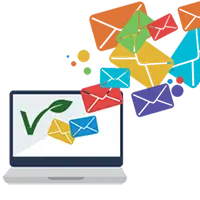
Latest from PubMed, #plant-based diet –
- Bioactive Nutritional Components Within the Planetary Health Diet for Preventing Sarcopenic Obesity and Diabetic Sarcopenia: A Systematic Reviewby Lia Elvina on December 11, 2025
CONCLUSIONS: PHD-aligned foods combining plant proteins, polyphenols, and fermented products strengthen nutrient sensing, mitochondrial efficiency, and cellular resilience, representing a sustainable nutritional framework for preventing and managing SO and DS.
- Ultra-Processed Foods Consumption, Mediterranean Diet Adherence and Sociodemographic Correlates in an Italian Adult Population: The UFO Surveyby Emilia Ruggiero on December 11, 2025
Background: Although national surveys report increasing ultra-processed foods (UPFs) consumption, updated estimates for Italy are lacking. Given the central role of the Mediterranean Diet (MD), understanding how UPFs contribute to the contemporary Italian diet is essential. This study quantified UPF intake in a convenience sample of Italian adults and examined its main sociodemographic correlates, including MD adherence. Methods: A web-based cross-sectional survey was conducted among Italian…
- High-Salt Diets, Intestinal Barrier, and Hypertension: A Mechanistic Review and the Promise of Dietary Therapyby Wenhao Si on December 11, 2025
Hypertension is a major public health problem worldwide, and high-salt diets are one of the main causes of hypertension. The intestinal mucosal immune system is the largest immune organ in vertebrates. Hypertension was associated with increased intestinal permeability and an inflammatory state. The bacterial communities attached to the intestinal mucosa played a significant role in the development and maturation of the autoimmune system, as well as inflammation and immunity to disease. In […]
- Health-Promoting Potential of the Mediterranean Diet and Challenges for Its Application in Aging Populationsby Marta Cianciabella on December 11, 2025
The Mediterranean Diet (MD) is a lifestyle that involves not only dietary habits, well known for their effectiveness in preventing health risks by supplying well-balanced foods rich in bioactive compounds, but also daily habits that improve the quality of life. Older adults represent a segment of the population that can particularly benefit from this dietary pattern. However, the specific characteristics and needs of older individuals require a critical analysis of aspects that may limit…
- Association of Mediterranean Diet Scores with Psychological Distress in Pregnancy: The Japan Environment and Children’s Studyby Yuri Takahashi on December 11, 2025
Background/Objectives: Perinatal mental disorders are important health issues that affect both mothers and their children. The Mediterranean diet (MD) is one of the most well-recognized healthy dietary patterns worldwide. Recent evidence suggests that MD may prevent or reduce the risk of perinatal mental disorders. This study investigated the association between MD adherence during pregnancy and psychological distress in a large cohort of Japanese births. Methods: Data were obtained from […]
- Protective Role of Ginsenoside F1-Enriched Extract (SGB121) in Metabolic Dysfunction-Associated Fatty Liver Disease (MAFLD)by Bo Yoon Chang on December 11, 2025
Introduction/Objectives: Ginsenoside F1, a pharmacologically active saponin derived from Panax ginseng, exhibits diverse bioactivities, but its use is limited because it is difficult to purify and has high production costs. To overcome these challenges, a ginsenoside F1-enriched extract named SGB121 was developed. This study aimed to evaluate the therapeutic efficacy of SGB121 in a high-fat, high-carbohydrate (HFHC) diet-induced metabolic dysfunction-associated fatty liver disease (MAFLD) […]
